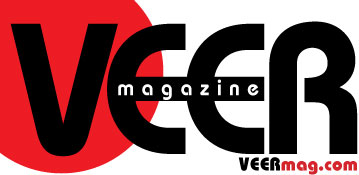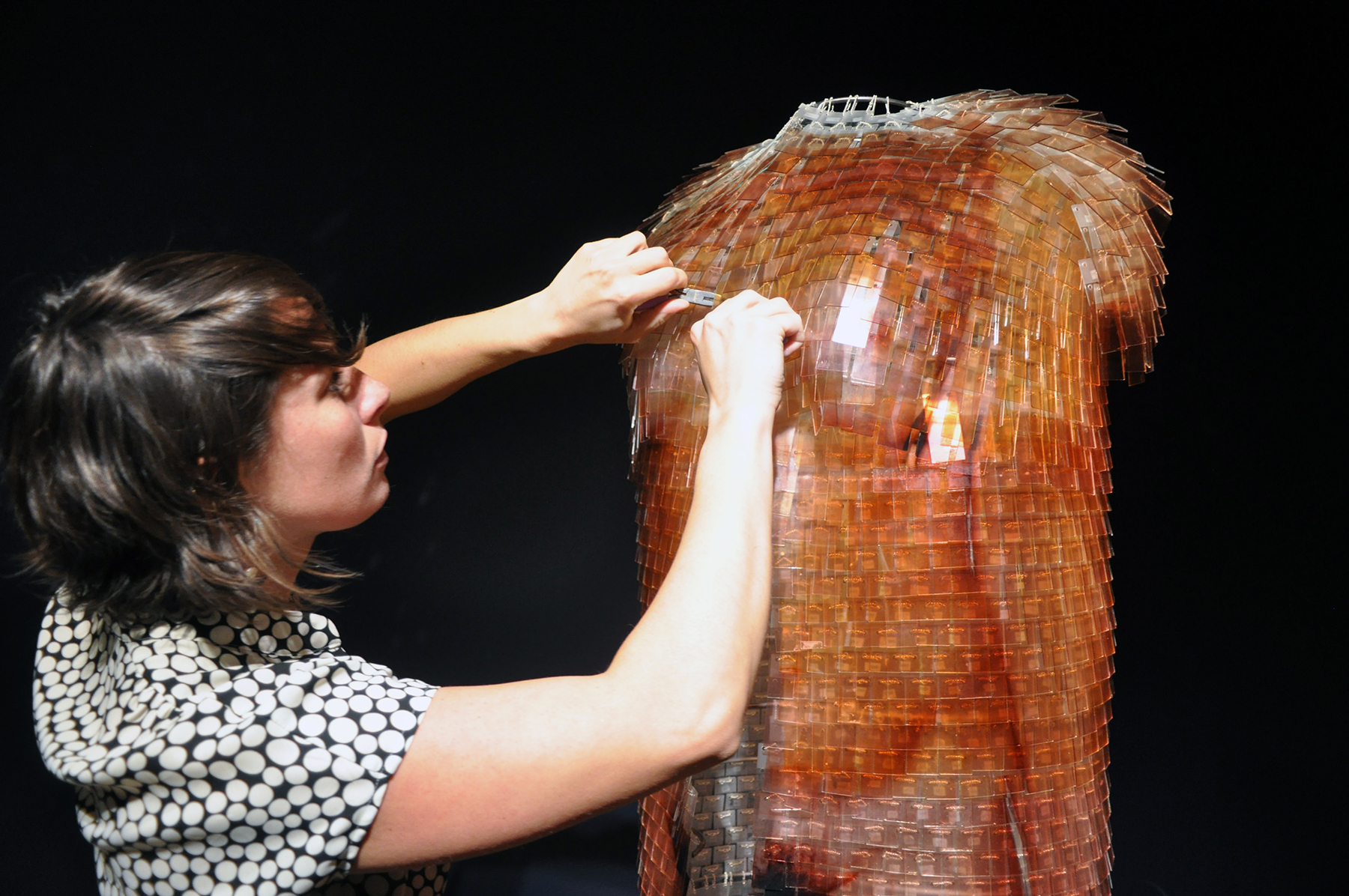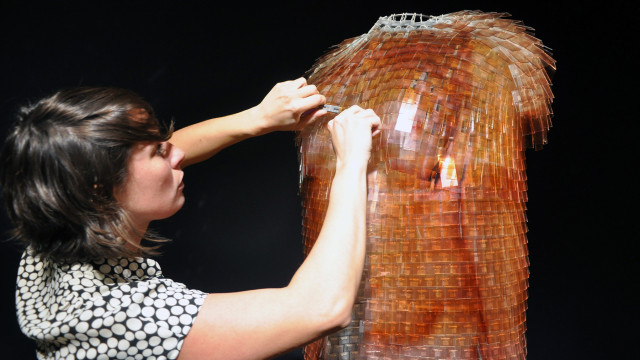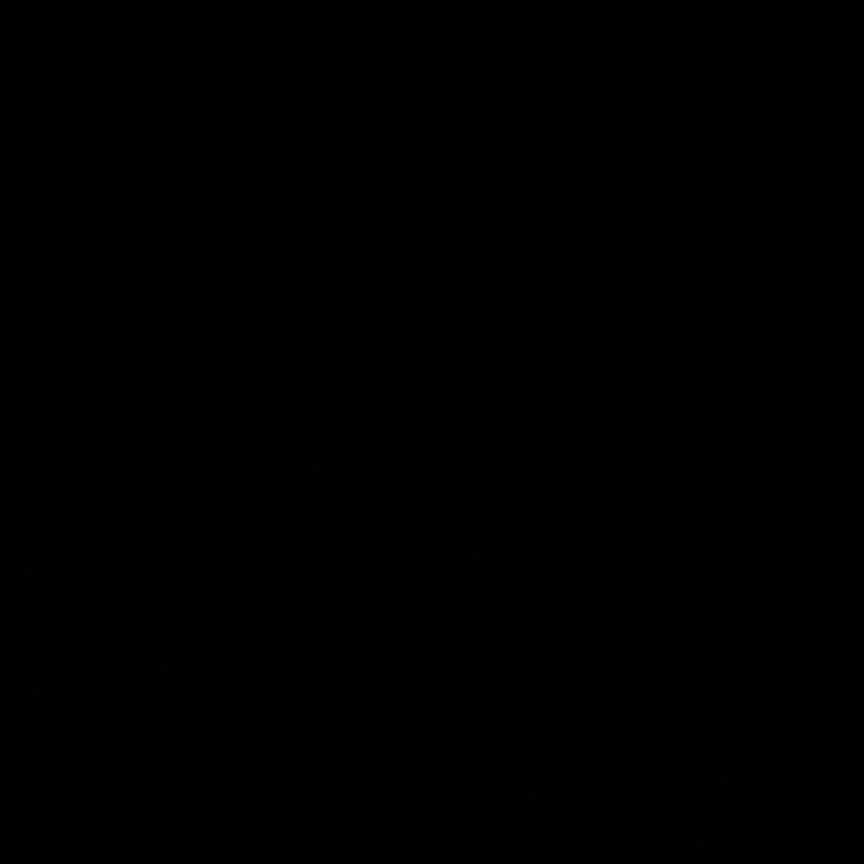By Betsy DiJulio
The only thing better than seeing a fine performance is seeing that performance and being invited backstage to meet the performers. That’s how I felt when, due to conflicting publication deadlines and exhibition opening dates, I was invited to preview “Fragile Cartography” as work was being unpacked and arranged on tables and gallery floors. TCC VAC curator, Shelley Brooks and artist, Charlotte Potter, were incredibly generous with their time despite days of work that lay ahead of them and Hannah Kirkpatrick, Potter’s studio assistant and “right hand woman.”
As Potter toured me through the gallery spaces, showing and explaining each piece to me, what became immediately clear is how effortlessly she integrates her artistic and highly intellectual life with the pragmatics of “real life,” moving easily and articulately between conversations about her dog and lunch to the thesis of this exhibition: “navigating the space between self and other.”
In the Main Gallery, “Pending” gives visual form to social media-mediated relationships through 400 exquisite blue and white cameos, each one representing the Facebook “profile” of someone who has sent Potter a “friend request.” It is no accident that, historically, cameos featured a facial “profile,” for both personal experience and historical research are equally important to this artist. Each cameo is designed to be suspended from a metal rod, arranged geographically on the wall, and extending to varying lengths depending on how many FB friends Potter and the person have in common. The installation is, at its heart, about “understanding the thresholds in relationships…and honoring them,” not about “who is in and who is out.”
“Armor” is a sheath constructed of 4,000 “ready-made” microscopic slides on which have been printed in a beautiful amber tone “every inch of my skin,” as Potter asserts. Here she was thinking about our skin as a “threshold” to the world, but also about “adornment,” using fine silver chains to link the slides together. Historically made of glass, these slides hint at the fragility, transparency, vulnerability, and permeability of relationships between ourselves and others for, like many contemporary artists, Potter exploits the metaphorical qualities of her medium. Though, as Brooks points out, she does it in “new, unexpected, and unpredictable” ways.
“The Space between You and Me” celebrates and literally “dissects” Potter’s relationship to her best friend with whom she has been blowing glass—a distinctly collaborative artistic endeavor—for many years. Here, “pointillist” glass portraits of each artist are fused, sliced, and then arranged to morph from one into the other through space.
“Stereoscope,” another piece that makes use of a historically-grounded glass-dependent “ready-made,” presents a stereoscopic viewfinder with a series of cards, each featuring a portrait of Potter on one side and her Chrysler colleagues on the other in order to facilitate the exploration of their relationships through a constructed, optically-mediated three-dimensional “reality.”
Across the hall in the Small Gallery, “On End” offers an altered reality through false floors, walls and placement of objects that make it seem as though the room has been rotated. A glass chandelier will make a side wall read as the ceiling while, directly across from it, a glass rug will make that wall read as the floor. A series of animal “trophy heads” with glass antlers arranged on the floor will make it appear to be a wall. These hybrid animals or “chimeras” do not exist in the wild and were inspired by an earnest customer asking Potter, then a student working at a Jackson Hole restaurant, “At what elevation do deer turn to elk?” The installation is pervaded with a sense of danger, fragility, subversion, and uncertainty, as it subtlety raises questions about relational “trophies,” both the people, e.g. trophy wives, and the personal memorabilia that is kept for reasons of sentiment or spite.
A video, “The Opposite of Mytosis,” depicts glass bubbles colliding in a kind of shadow puppet show that serves as a metaphor for our unions with others as we are continually pulled toward each other, our individual selves fusing with others.
In the hallway, “Cellular Reliquary” is the most abstract of the installations. The cremated ashes of Potter’s beloved dog, Joba, were combined with molten glass to form a wide range of vaguely referential clear glass forms that, together, recreate the weight of the animal: 84 pounds, 21 ounces. One small glass jar encases 21 grams of his ashes, the weight that Dr. Duncan MacDougall’s turn-of-the-century experiment suggested was that of a soul.
By mining history and personal experience and combining “ready-made” objects with highly inventive new forms, Potter not only explores the limits of glass as a flexible medium, but maps the boundaries between self and other as permeable and ever-changing membranes.
Originally from Vermont, Charlotte Potter (Norfolk, VA) is a “media-specific conceptual artist” who earned a BFA in Glass (minor in Dance) from Alfred University and an MFA from the Glass Department at Rhode Island School of Design. Exhibiting and performing world-wide, Potter is a pioneer in developing glass as a conceptual and performance medium with work in the permanent collections of a number of museums, including the Museum of American Glass and the Chrysler Museum of Art where she is Glass Studio Manager and Programming Director. She also teaches glass and new media courses at ODU and VA Wesleyan College.
Charlotte Potter: Fragile Cartography
Through August 28
TCC Visual Art Center, Portsmouth
http://www.tcc.edu/students/specialized/vac/SHOWS/cpotter.htm





